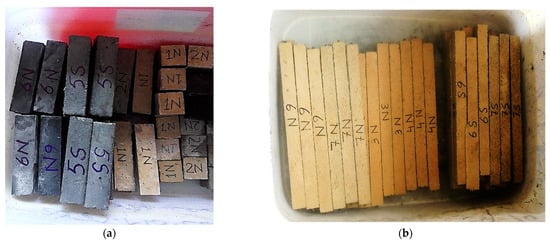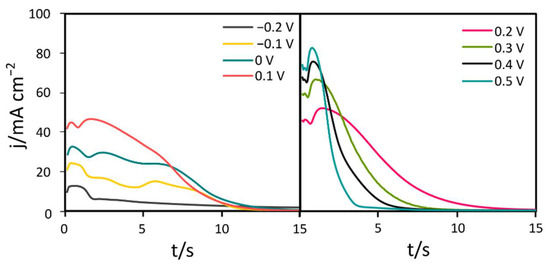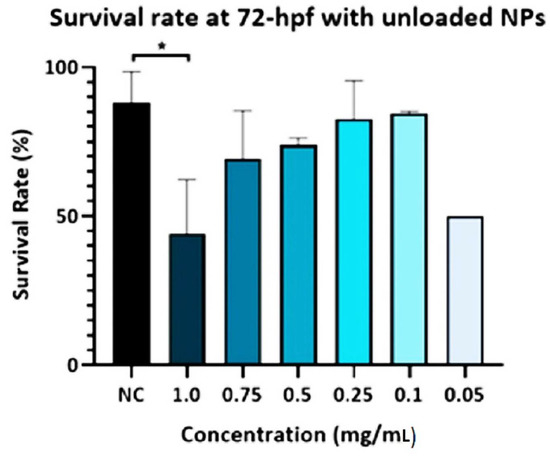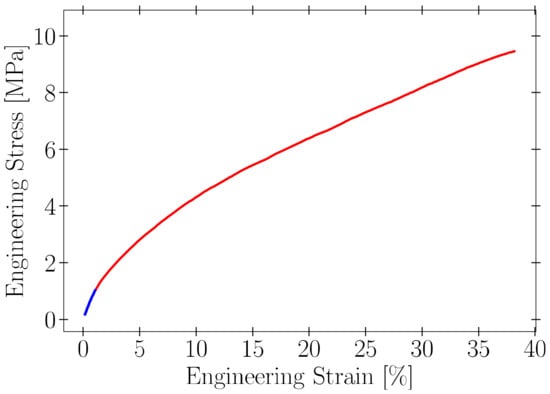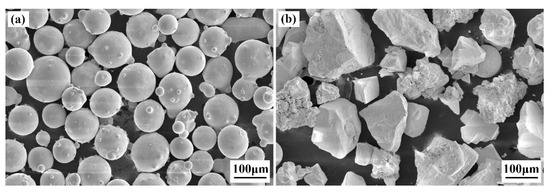Materials 2022, 15(11), 3964; https://doi.org/10.3390/ma15113964 - 2 Jun 2022
Cited by 4 | Viewed by 2082
Abstract
►
Show Figures
The use of a high volume of industrial solid waste mineral admixture and hybrid fiber can greatly reduce the amount of cement in mortar or concrete, improve its performance, ensure the service properties of mortar or concrete, and reuse industrial solid waste to
[...] Read more.
The use of a high volume of industrial solid waste mineral admixture and hybrid fiber can greatly reduce the amount of cement in mortar or concrete, improve its performance, ensure the service properties of mortar or concrete, and reuse industrial solid waste to reduce the environmental burden, which has significant research significance. In this paper, the mechanical properties, wear resistance and microstructure of hybrid fiber-reinforced mortar (HFRM) with a high content of industrial solid waste mineral admixture were systematically studied under different water/binder ratios. Mineral admixtures include fly ash, silica fume and granulated blast furnace slag (slag). The total content of hybrid glass fiber (GF) and polypropylene fiber (PPF) was 2% by volume fractions, and six different water/binder ratios ranging from 0.27 to 0.62 were used. The following conclusions were drawn: fibers have a significant negative effect on the properties of mortars with a low water/binder ratio (w/b = 0.27) and high content of mineral admixtures. In general, the effect of adding hybrid fiber on improving the wear resistance of mortar is more obvious. The average residual weight of hybrid fiber-reinforced mortar is the highest after the wear resistance test. Comprehensively considering the compressive strength, flexural strength, wear resistance and microstructure of the mortar samples, G8PP2-0.40 is the optimal mix ratio. At this time, the replacement rates of fly ash, silica fume and slag are: 20%, 5% and 30%, the water/binder ratio is 0.40, and the content of GF and PPF is 1.6% and 0.4%, respectively.
Full article


